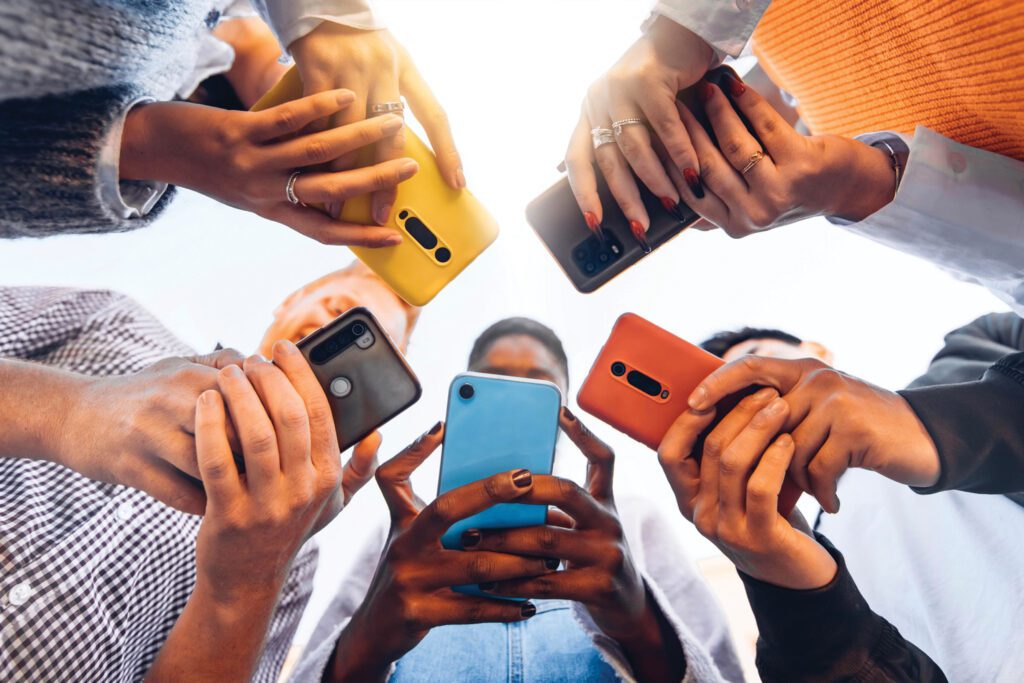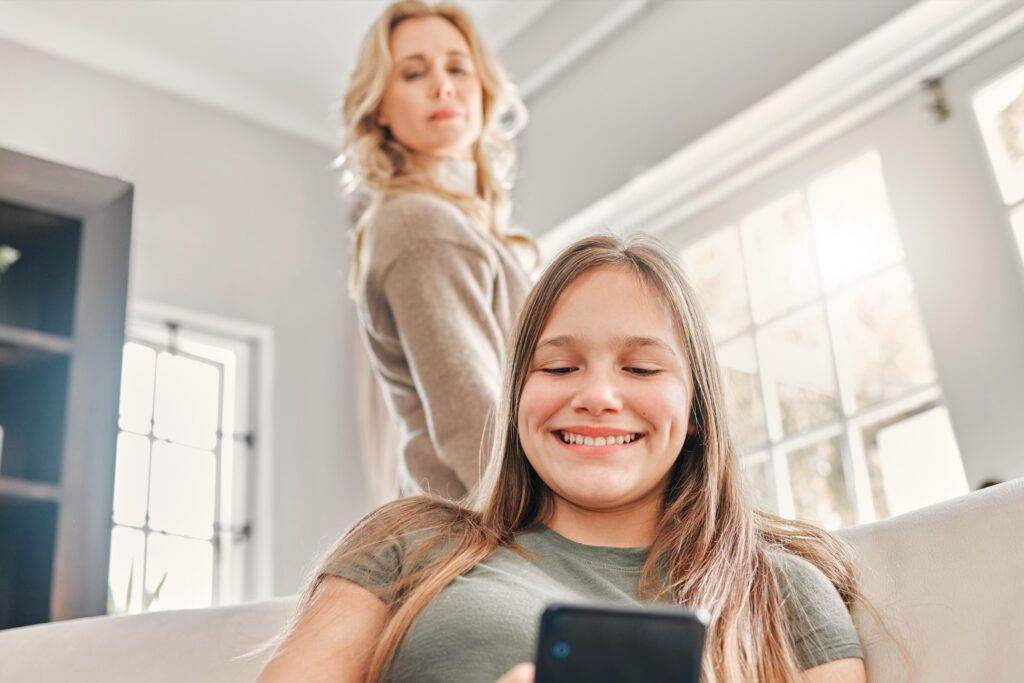Children and Teen Socialization in the Age of Social Media








With new social media platforms being invented daily, today’s younger generations are growing up under the influence of a new kind of socialization. The ever-increasing presence of Facebook, Instagram, Twitter, Tumblr, and countless others adds a level of instantaneous socialization that earlier generations never experienced. This phenomenon has many experts in the world of psychotherapy analyzing social media’s effects on adolescent social skills. There are positives and negatives to every altered social skill. And the first step in counter-acting or proactively preventing the negatives is to be aware of them.
Juliet Thomas is a local professional counselor at Roots Counseling who specializes in adolescents. Here, she helps us understand the changes in adolescent social skills that constant exposure to social media could be causing. She also lends some expert advice on how to prevent negative developmental effects.
Instant Gratification
With the immediacy that social media provides, patience and persistence are becoming less-developed qualities in adolescents. As Thomas puts it, “Social media is creating a need for instant gratification or reaction from peers. Receiving this instant response can create a need for immediacy in other things as well.”
Intentionally building patience could prove to be a very useful practice for today’s younger generations and help to decrease internal sensations of urgency and any resulting anxieties. Spending time on “real-life” activities that yield results, such as cooking, sports, or school clubs, are all great ways to practice patience in a social setting.
Effective Communication
“There is something unique and insightful when people meet face to face and read one another’s body language that social media communication is eliminating from adolescents’ socialization,” Thomas says. When we speak in person, there are verbal and non-verbal cues that help convey the point. Body language, eye contact, tone of voice, and behavior all increase understanding. When those elements are stripped away, the other party is left to decipher more of the meaning for themselves. This can easily, and often does, lead to misunderstandings.
On the other hand, “social media can be positively used to help adolescents feel connected or a part of a community,” Thomas explains. This instant and easy form of communication and sharing has increased the number of people that adolescents are able to interact with on a daily basis.
Social Anxiety
“Adolescents are learning ways to communicate without accountability and, when in a social environment, it seems there is a heightened anxiety to talk with others,” Thomas says.
These anxieties in social settings are influencing the way adolescents are building and maintaining relationships. Being more intentional about the time spent in-person with friends and family can help strengthen in-person communication, and consequently, relationships. It is important to have adolescents spend more time in face-to-face conversations by encouraging them to invite friends over, or to go out with people.
Conflict Resolution
This is a challenging social skill to develop for anyone, but with the disconnected communication that social media provides, it is especially challenging for adolescents. Thomas says, “There is a level of comfort when adolescents communicate through social media. He or she may feel protected from another person’s reaction.”
This ‘protective’ distance helps people feel more comfortable when communicating through a tense situation. But when faced with the same conflict in person, adolescents are more uncomfortable than other generations, simply because they have less experience with it. The ability to communicate clearly when under pressure (and without the chance to backspace on a comment before posting it) is becoming rarer.
Practicing in-person conversations can go a long way in teaching youths to read verbal and physical cues that they aren’t exposed to as often. When they understand the other person’s motives and goals, they can take more of an empathetic position to resolve tense situations.
Accountability
“It is much easier for most of us to state something in writing versus stating it out loud to someone’s face,” Thomas notes, “And social media allows adolescents to feel protected from a peer’s reaction. There seems to be a pattern of adolescents “saying” statements to others that he or she may not have said face to face. The problem with this type of communication is a ‘normalizing’ of aggressive verbal statements and impulsive statements.”
Thomas goes on to explain that impulsive behavior is typical of the developmental stage of adolescents. Unfortunately, this disconnect in action and subsequent results has led to an increase in cyber bullying – a very real crime with very real consequences.
“I really encourage parents to keep adolescents’ phones at night. Many times adolescents have access to social media 24 hours a day. Once adolescents are taught appropriate ways to deal with peers and impulse control, I have seen improvements in social media etiquette,” Thomas advises.
While social media is a powerful tool for connecting with others, it’s important, especially for developing younger generations, to still practice in-person interactions – it can strengthen their communication skills, social skills, relationships, sense of responsibility, and self-esteem.



Juliet Thomas
Counselor, Roots Counseling Center

